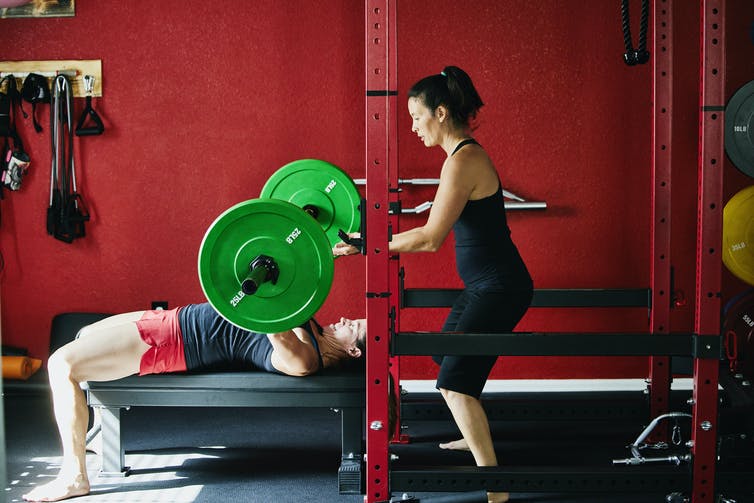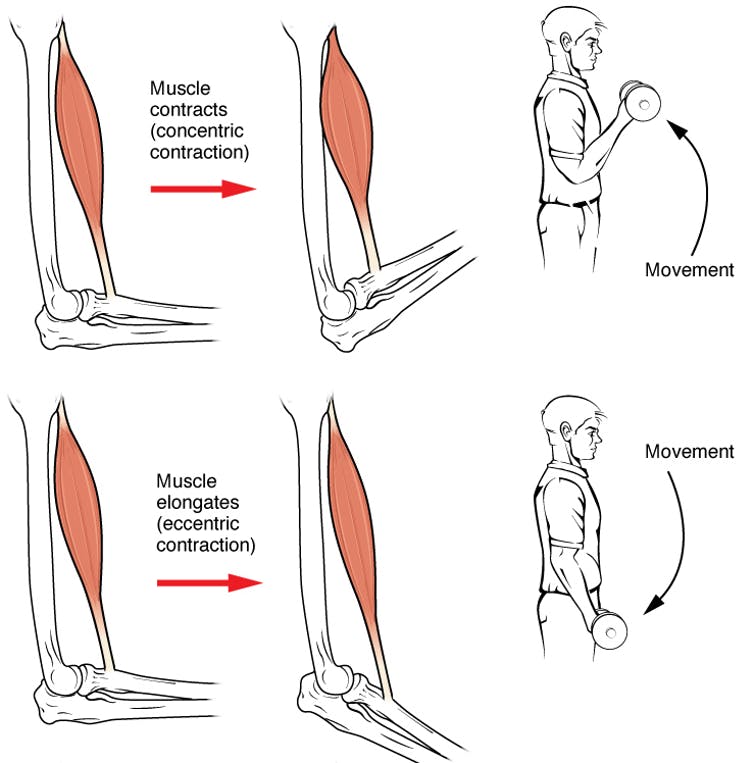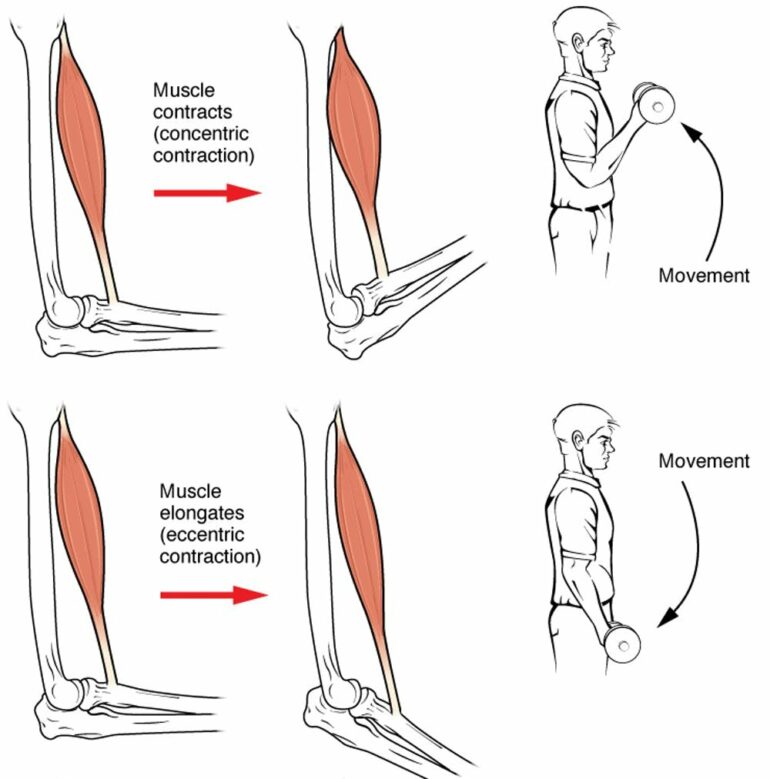There is perhaps no better way to see the absolute pinnacle of human athletic abilities than by watching the Olympics. But at the Winter Games this year – and at almost all professional sporting events – you rarely see a competitor over 40 years old and almost never see a single athlete over 50. This is because with every additional year spent on Earth, bodies age and muscles don’t respond to exercise the same as they used to.
I lead a team of scientists who study the health benefits of exercise, strength training and diet in older people. We investigate how older people respond to exercise and try to understand the underlying biological mechanisms that cause muscles to increase in size and strength after resistance or strength training.
Old and young people build muscle in the same way. But as you age, many of the biological processes that turn exercise into muscle become less effective. This makes it harder for older people to build strength but also makes it that much more important for everyone to continue exercising as they age.

Lifting weights and doing pushups and other strength training exercises cause muscles to grow in size and strength.
Thomas Barwick/Digital Vision via Getty Images
How the body builds muscle
The exercise I study is the type that makes you stronger. Strength training includes exercises like pushups and situps, but also weightlifting and resistance training using bands or workout machines.
When you do strength training, over time, exercises that at first felt difficult become easier as your muscles increase in strength and size – a process called hypertrophy. Bigger muscles simply have larger muscle fibers and cells, and this allows you to lift heavier weights. As you keep working out, you can continue to increase the difficulty or weight of the exercises as your muscles get bigger and stronger.
It is easy to see that working out makes muscles bigger, but what is actually happening to the cells as muscles increase in strength and size in response to resistance training?

Muscles move your limbs and body by contracting or releasing.
J. Gordon Betts, Kelly A. Young, James A. Wise, Eddie Johnson, Brandon Poe, Dean H. Kruse, Oksana Korol, Jody E. Johnson, Mark Womble, Peter DeSaix via OpenStax, CC BY
Any time you move your body, you are doing so by shortening and pulling with your muscles – a process called contraction. This is how muscles spend energy to generate force and produce movement. Every time you contract a muscle – especially when you have to work hard to do the contraction, like when lifting weights – the action causes changes to the levels of various chemicals in your muscles. In addition to the chemical changes, there are also specialized receptors on the surface of muscle cells that detect when you move a muscle, generate force or otherwise alter the biochemical machinery within a muscle.
In a…
